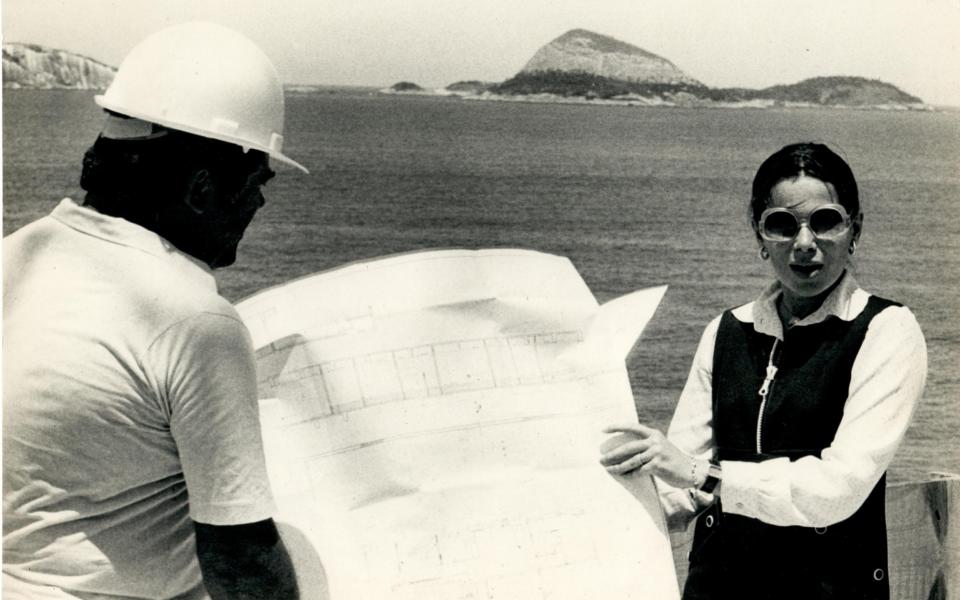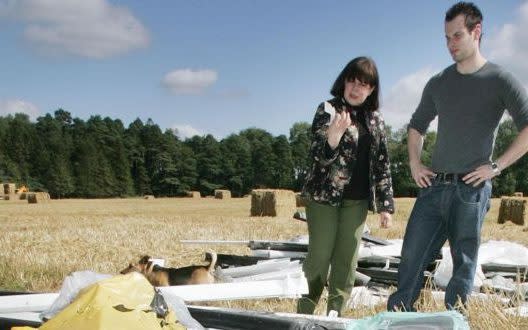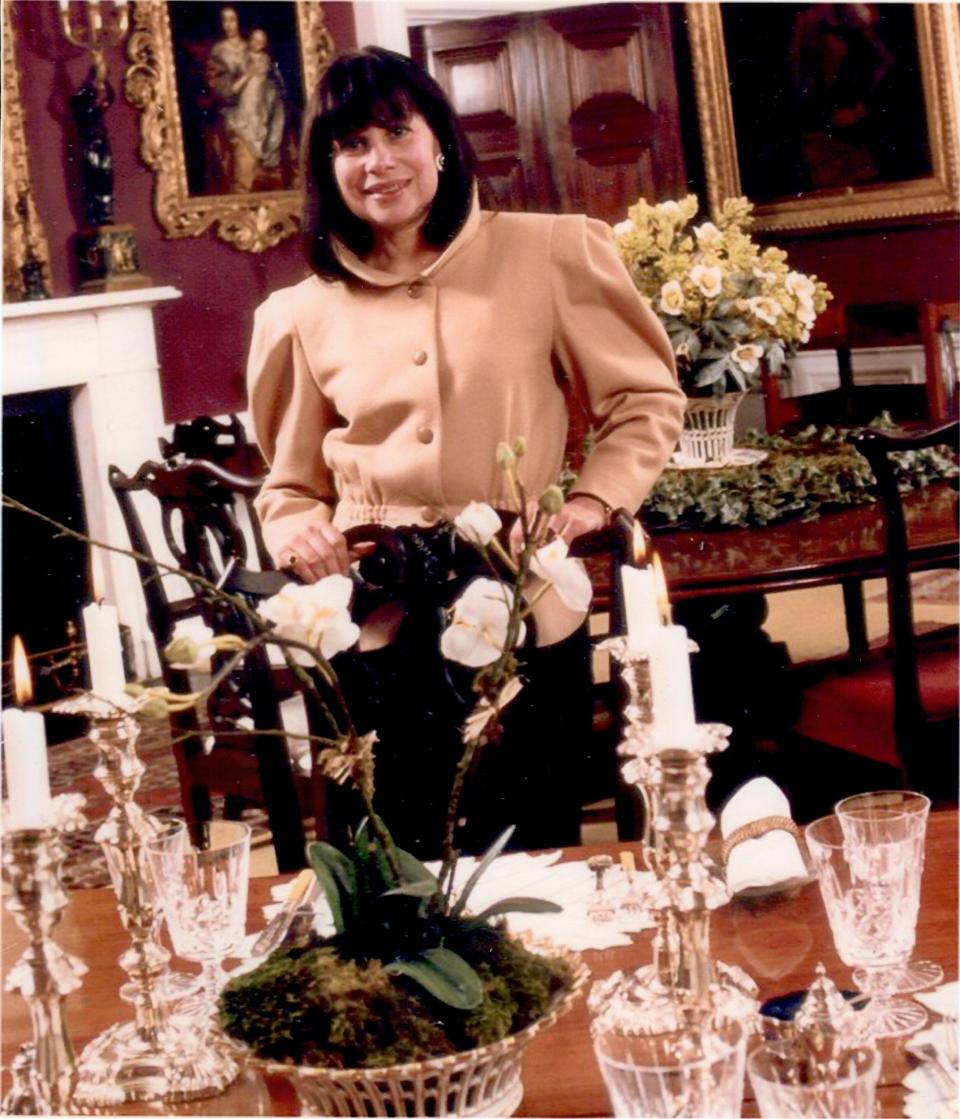Lady Dunsany, architect who became chatelaine of Dunsany Castle – obituary

Lady Dunsany, who has died after contracting Covid-19, aged 78, was chatelaine of one of the oldest inhabited houses in Ireland. But she was not a stereotypical grande dame of an ancient Irish castle, a class described by the historian, Mark Bence-Jones, as being “all faded Dior and dogs’ dinners”. Lady Dunsany was Brazilian and idiosyncratic enough to qualify for the greatest Irish honorific – that of being “a real character”.
At the height of the anti-hunting debate in England she used a shotgun to chase the local hunt from lands surrounding her house, Dunsany Castle, in County Meath. Her objection was not so much to hunting but rather to the hunt party, which she described as “full of pompous Irish pretending to be English”.
After confronting the hunt she said she felt rather remorseful because, on the way back from the incident, she heard Tony Blair on the car radio talking about a more serious issue – the invasion of Iraq.
She was born Maria-Alice Villela de Carvalho in Rio de Janeiro on January 27 1942. Her father, Scipião de Carvalho, was a distinguished architect strongly influenced by the Bauhaus movement.

Her mother, Arminda Bandeira de Villela, came from an ancient Portuguese family who were hereditary standard bearers to the Kings of Portugal and who claimed descent from the explorers Vasco da Gama and Pedro Álvares Cabral, the founder of Brazil. She maintained that her skill as a markswoman was due to this ancestry, and also recalled that her father trained her to use a pistol by having her shoot at cacti.
The death of her father when she was just 17 left her with an overwhelming desire to succeed as an architect, which she managed to do at an unusually early age. She won first prize in an architectural competition judged by Oscar Niemeyer, the designer of Brasilia, while still in her twenties.
Her most significant works in Brazil include the elegant Villa d’Este apartment building on Ipanema beach. Not long after her father’s death she married an oncologist, Jayme de Marsillac, with whom she had a son and a daughter. The marriage did not last, but the couple remained good friends.

In New York in the 1980s Maria-Alice met and soon married the glamorous and handsome 20th Lord Dunsany, the Hon Edward Plunkett (known as Eddie). He was then heir to one of the oldest titles in Ireland, the barony of Dunsany, granted to the Plunkett family by Henry VI. His father, Randal Plunkett (the 19th Lord Dunsany), was a lieutenant-colonel in the Indian Cavalry (the Guides) and served with distinction on the North-West Frontier in 1930 and in the Second World War.
The couple co-founded de Marsillac Plunkett Inc Designers and Architects in New York. It was a very successful partnership, with Plunkett providing design input for everything from interiors to furniture, and Marie-Alice concentrating on the architectural side. Among their projects was the new design for Sotheby’s New York headquarters.
In the mid-1990s they returned to Ireland to live at Dunsany Castle. Plunkett resumed his career of choice, which was painting. He undertook portrait commissions (including one of the former Taoiseach Charles Haughey, and also produced works in a highly individual style of colourful geometric abstraction.

After her husband inherited Dunsany Castle on the death of his father in 1999, Maria-Alice, now Lady Dunsany, set about a sympathetic restoration of its interior.
Misfortune had struck the family shortly before the couple moved back from New York. A painting attributed to Van Dyck, Portrait of a Young Woman, was stolen from the castle. It was later returned after police in Canada found it being hawked on a side street in Montreal.
An even rarer family hereditament than the Van Dyck is the episcopal ring of a martyred ancestor, Saint Oliver Plunkett, a victim of Titus Oates’s imaginary “Popish Plot” to kill Charles II. He was hanged, drawn and quartered at Tyburn in 1681. The ring is said to have miraculous properties and neighbours of the Dunsanys often requested it to be brought to their sick beds in the hope that its curative powers might heal them.

Lady Dunsany rarely left the confines of the demesne walls of the castle, preferring that the outside world should come to her. And it did. She was a gregarious and generous hostess whose table settings were said by Charles Haughey to rival those of the Élysée Palace.
Her burial, in the grounds of the castle, next to her husband, who died in 2011, was attended only by her son Randal, the 21st Lord Dunsany, and a Catholic priest who was a family friend.
She is survived by her three sons and a daughter.
Lady Dunsany, born 27 January 1942, died April 9 2020

 Yahoo News
Yahoo News 
